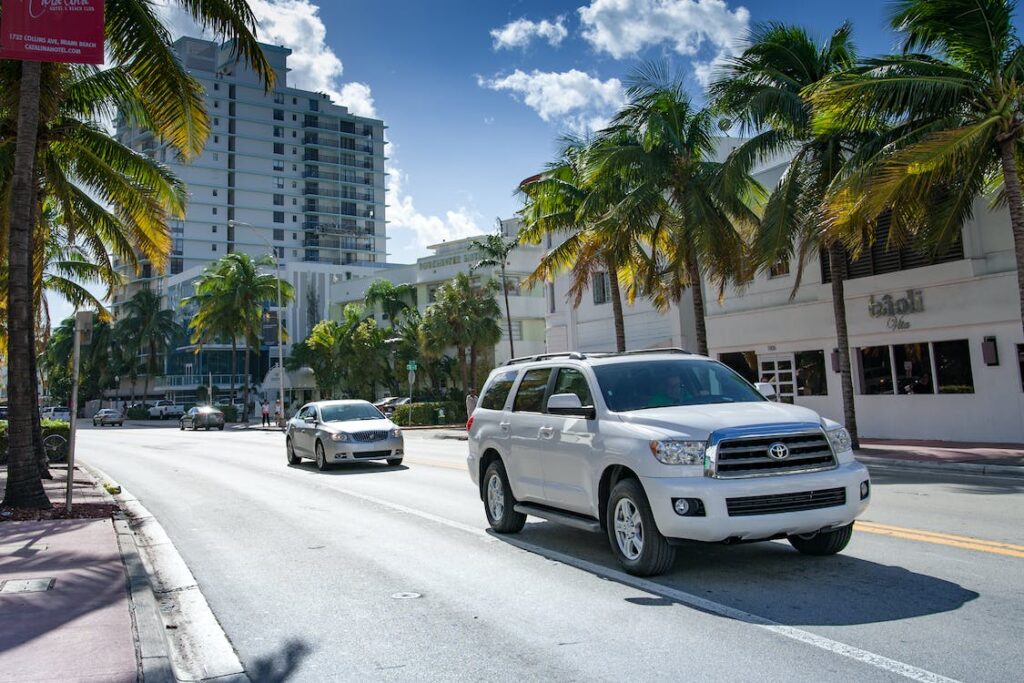
A 100 000 Mile Service Checklist: Keeping Your Vehicle Running Smoothly
Routine maintenance is an inevitable necessity to guarantee your vehicle functions smoothly and reliably. One crucial milestone in a car’s life is reaching the 100,000-mile mark. When you reach this mileage, it’s time for a proper service to address any potential issues and keep your vehicle in good condition. We’ll go over the subject and offer you a comprehensive 100 000 mile service checklist to assist you maintain your car’s performance and extend its lifespan.
100 000 Mile Service Checklist
Fluids Check are important
Engine Oil: Change the engine oil and replace the oil filter to ensure optimal lubrication and engine performance.
Transmission Fluid: Inspect and change the transmission fluid if necessary to prevent wear and tear on the transmission system.
Coolant: Check the coolant level and condition. If needed, flush and replace the coolant to prevent overheating issues.
Brake Fluid: Inspect the brake fluid level and quality. Replace if contaminated or if the level is low.
Power Steering Fluid: Check the power steering fluid level and top up if necessary.

Do not skip Belts and Hoses Inspection
Serpentine Belt: Inspect the serpentine belt for any signs of wear or damage. Replace if necessary to avoid belt failure.
Timing Belt: If your vehicle has a timing belt, ensure it is inspected and replaced according to the manufacturer’s recommendations.
Hoses: Check all hoses for leaks, cracks, or bulges. Replace any damaged hoses to prevent coolant or fluid leaks.
Keep An Eye On Battery and Electrical System
Battery: Test the battery’s voltage and capacity. Replace if it’s not holding a charge or if it’s nearing the end of its lifespan.
Alternator: Inspect the alternator for proper charging voltage and check the condition of the drive belt.
Starter Motor: Ensure the starter motor is functioning correctly, as a faulty starter can leave you stranded.
Brakes and Suspension Check
Brake Pads and Rotors: Replace them if they are worn beyond the recommended limits.
Brake Lines: Inspect the brake lines for any signs of leaks or damage. Replace any damaged lines to maintain optimum braking performance.
Suspension Components: Check the suspension components for wear and tear. Replace any worn-out parts to ensure a smooth and comfortable ride.
Pay Attention To Exhaust System
Exhaust Pipes and Muffler: Inspect the exhaust system for leaks, rust, or damage. Replace any faulty components to prevent harmful emissions and maintain engine performance.
Filters Replacement
Air Filter: Replace the air filter to ensure proper airflow and prevent contaminants from entering the engine.
Fuel Filter: If your car has an external fuel filter, replace it to maintain fuel system efficiency.
Tire Inspection and Rotation
Check the tire tread depth and overall condition. Rotate the tires to ensure even wear and extend their lifespan.
Wheel Alignment: Have the wheel alignment checked and adjusted if necessary to improve handling and tire wear.
Spark Plugs
Replace the spark plugs to maintain efficient combustion and prevent misfires, which can lead to decreased performance and fuel efficiency.
Miscellaneous Checks
Wipers and Windshield: Inspect the wiper blades for wear and replace if necessary. Check the windshield for cracks or chips, as they can compromise visibility.
Lights: Ensure all exterior lights are functioning correctly, including headlights, taillights, brake lights, and turn signals.

How to test my automobile effectively after checking?
A mileage blocker is the best option when it comes to choosing the extraordinary device for testing the car after a 100 000 mile service checklist without counting miles. It directly stops counting up extra mileage rather than deleting already traveled miles. Manufacturers built it for testing purposes so that buyers could easily verify the functionality of their vehicles.
Some individuals use the mileage blocker on the highway because it prevents control devices from registering mileage. Always remember that everybody should use the device legally without unethical purposes. Purchasing a high-quality mileage blocker is the best option if you just want to monitor the performance of your automobile.
Final thought
By following this comprehensive 100 000 mile service checklist, you’ll address potential issues before they become major problems. Regular maintenance will keep your car running smoothly and extend its lifespan. Remember to consult your vehicle’s owner manual for manufacturer-specific recommendations and always seek professional help if you’re unsure about any maintenance tasks.




